
- Published on
Elevate Your Homemade Pizza Night with Creative and Quality Toppings
- Authors

- Name
- About Us - HealthyFood2Go
Introduction
Pizza night at home is an exciting culinary adventure that invites creativity and experimentation. It's the perfect opportunity to break free from the conventional choices and explore a world of flavors and textures. Whether you're a seasoned home chef or a beginner, this guide is designed to inspire your next homemade pizza with a variety of fresh, flavorful, and quickly cooking ingredients. So, roll up your sleeves, preheat your oven, and get ready to embark on a journey to elevate your pizza game!

- Crafting the Perfect Base: Sauce Selections
- Cheese: Beyond Just Mozzarella
- Vegetable Toppings: Freshness at its Peak
- Finishing Flavors: The Final Touch
- Combination Suggestions for the Ultimate Pizza
- Keeping a Pizza Journal
- Quality Ingredients: The Key to Great Pizza
- Common Mistakes to Avoid
- Step-by-Step Guide to Crafting the Perfect Homemade Pizza
- Step 1: Preparing Your Dough
- Step 2: Preparing Your Sauce and Toppings
- Step 3: Assembling Your Pizza
- Step 4: Baking Your Pizza
- Step 5: Serving Your Pizza
- Step 6: Enjoying Your Masterpiece
- Additional Tips
- Conclusion
Crafting the Perfect Base: Sauce Selections
Before you sprinkle on the toppings, let's talk about the foundation - the sauce. The right sauce can make or break a pizza, and here are some options to consider: 
- Classic Tomato Sauce: The heart of many pizzas, opt for a simple yet rich tomato sauce. Freshly crushed tomatoes seasoned with hand-chopped basil create a delightful base.
- Pesto Paradise: Switch things up with a Genoa-style pesto. The aromatic blend of basil, pine nuts, and olive oil brings a fresh, herbaceous quality to your pizza.
- Mushroom Ragù: For a heartier touch, consider a mushroom ragù. This rich, earthy sauce adds depth and complements both meat and vegetable toppings.
Cheese: Beyond Just Mozzarella
Cheese is more than just an ingredient; it's a layer of flavor and texture. Here are some cheeses to elevate your homemade pizza: 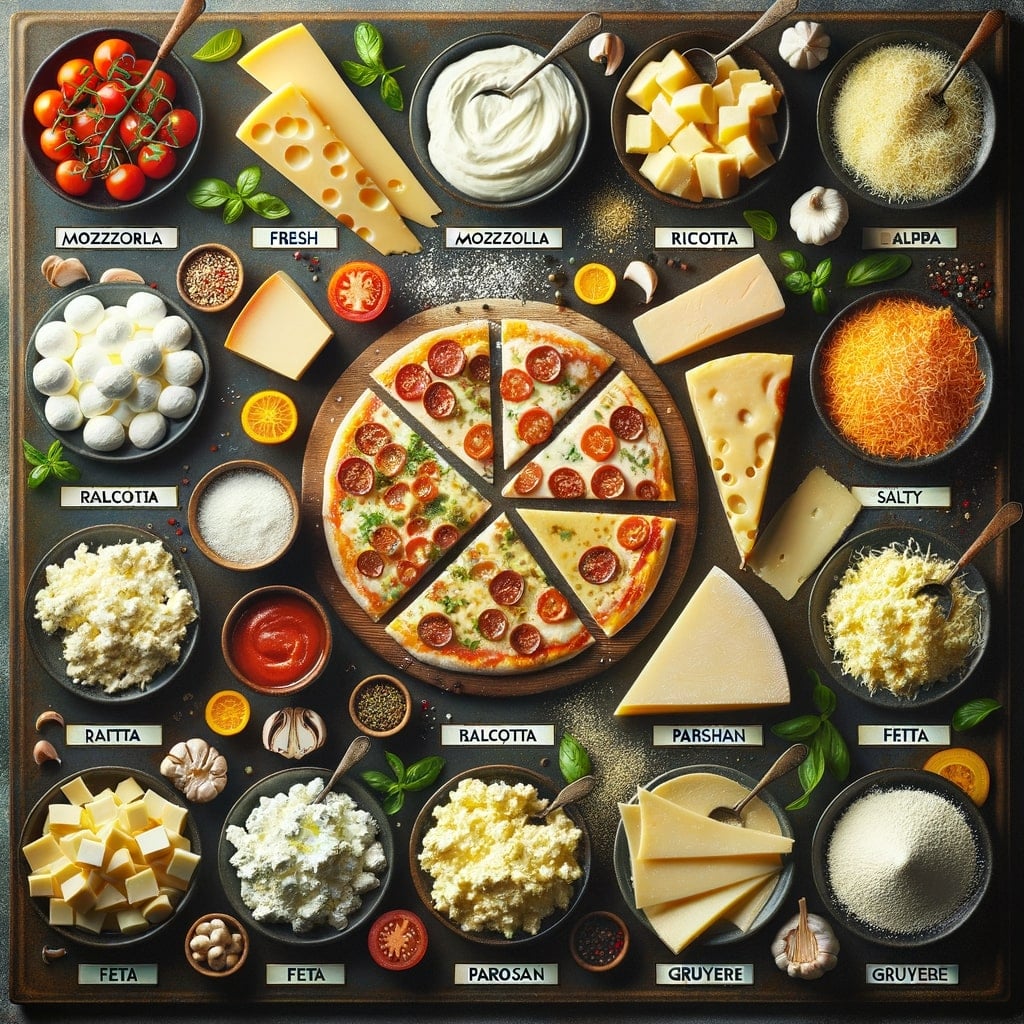
- Fresh Mozzarella: Tear it by hand for a rustic look and an even melt.
- Ricotta & Parmesan Combo: Dollop spoonfuls of ricotta and sprinkle parmesan for a creamy, salty contrast.
- Feta & Gruyere: Experiment with feta for a tangy twist or gruyere for a nutty depth.
Vegetable Toppings: Freshness at its Peak
Vegetables add color, texture, and nutritional value to your pizza. Here are some suggestions: 
- Seasonal Stars: Top with fresh corn, asparagus, or peas for a springtime feel.
- Roasted Cherry Tomatoes: Oven-roasted until they burst, these tomatoes add a sweet and tangy layer.
- Caramelized Onions & Olives: For a savory punch, try caramelized onions or a mix of olives.
- Exotic Choices: Sautéed potatoes, grilled artichokes, or citrus zests can introduce a new dimension to your pizza.
Finishing Flavors: The Final Touch
The final touches can elevate your pizza from good to great. Here are some finishing flavors to try: 
- Flavored Oils: Drizzle lemon, tangerine, or makrut lime oil post-baking for a zesty kick.
- Herbs & Spices: Sprinkle za’atar, fresh basil, or thyme to enhance the aromatics.
- Kale Chips & Nutritional Yeast: Homemade kale chips add crunch, while nutritional yeast offers a cheesy, nutty flavor.
Combination Suggestions for the Ultimate Pizza
Creating the perfect pizza is about balance and harmony. Here are some combination suggestions:
- The Classic: Tomato sauce, hand-torn mozzarella, fresh basil, and a drizzle of olive oil.
- The Gourmet Veggie: Pesto, feta, roasted cherry tomatoes, asparagus, and a sprinkle of thyme.
- The Earthy Delight: Mushroom ragù, gruyere, caramelized onions, and a touch of lemon olive oil.
Keeping a Pizza Journal
Document your pizza-making journey in a pizza journal. Note down
the combinations you try, what works, and what doesn't. This practice not only helps you remember your favorite recipes but also encourages further experimentation.
Quality Ingredients: The Key to Great Pizza
The secret to a standout homemade pizza lies in the quality of the ingredients. Here's how to ensure you're using the best: 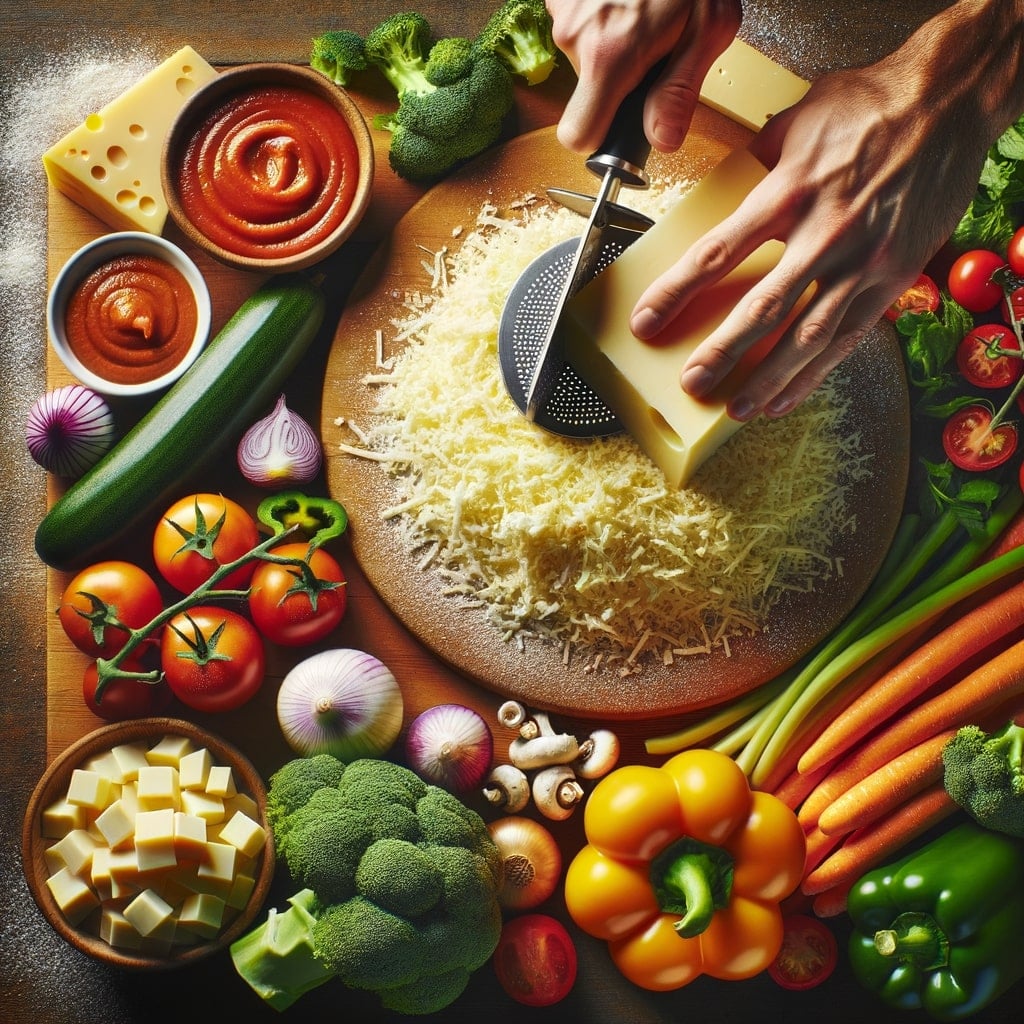
- Cheese Quality: Avoid pre-shredded cheese. Opt for fresh blocks and grate or tear them yourself for better flavor and melt.
- Fresh Produce: Use fresh, seasonal vegetables. Their natural flavors and textures are significantly superior to canned or frozen options.
- Room Temperature Ingredients: Bring your cheeses and sauces to room temperature before using them. This small step can significantly improve how they cook and taste on the pizza.
Common Mistakes to Avoid
To ensure your pizza night is a success, here are some common pitfalls to avoid:
- Overloading the Pizza: Too many toppings can result in a soggy crust. Be mindful not to overwhelm the pizza.
- Ignoring the Crust: A good crust is crucial. Whether you're making it from scratch or using a store-bought one, ensure it's cooked to the right crispiness.
- Unbalanced Flavors: While experimenting is good, remember to balance the flavors. Combining too many strong flavors can overpower the pizza.
Step-by-Step Guide to Crafting the Perfect Homemade Pizza
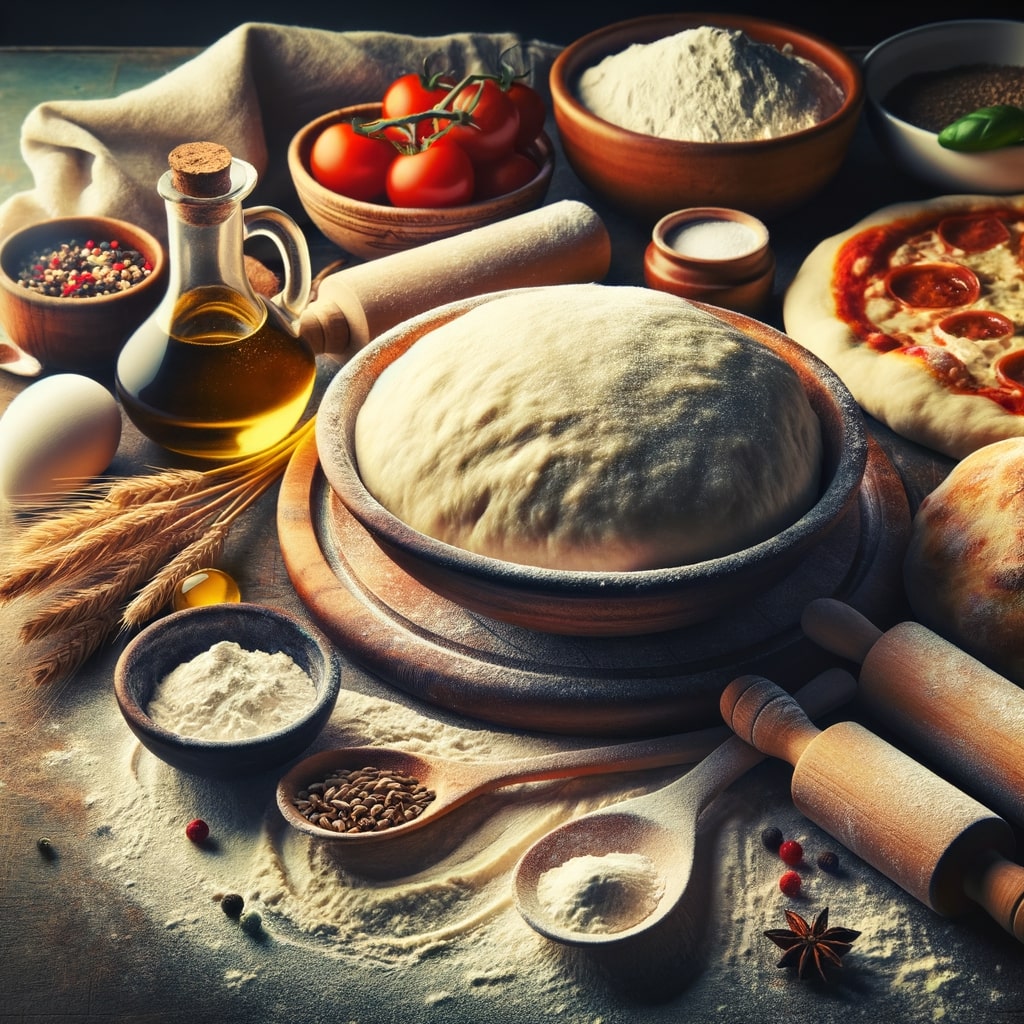
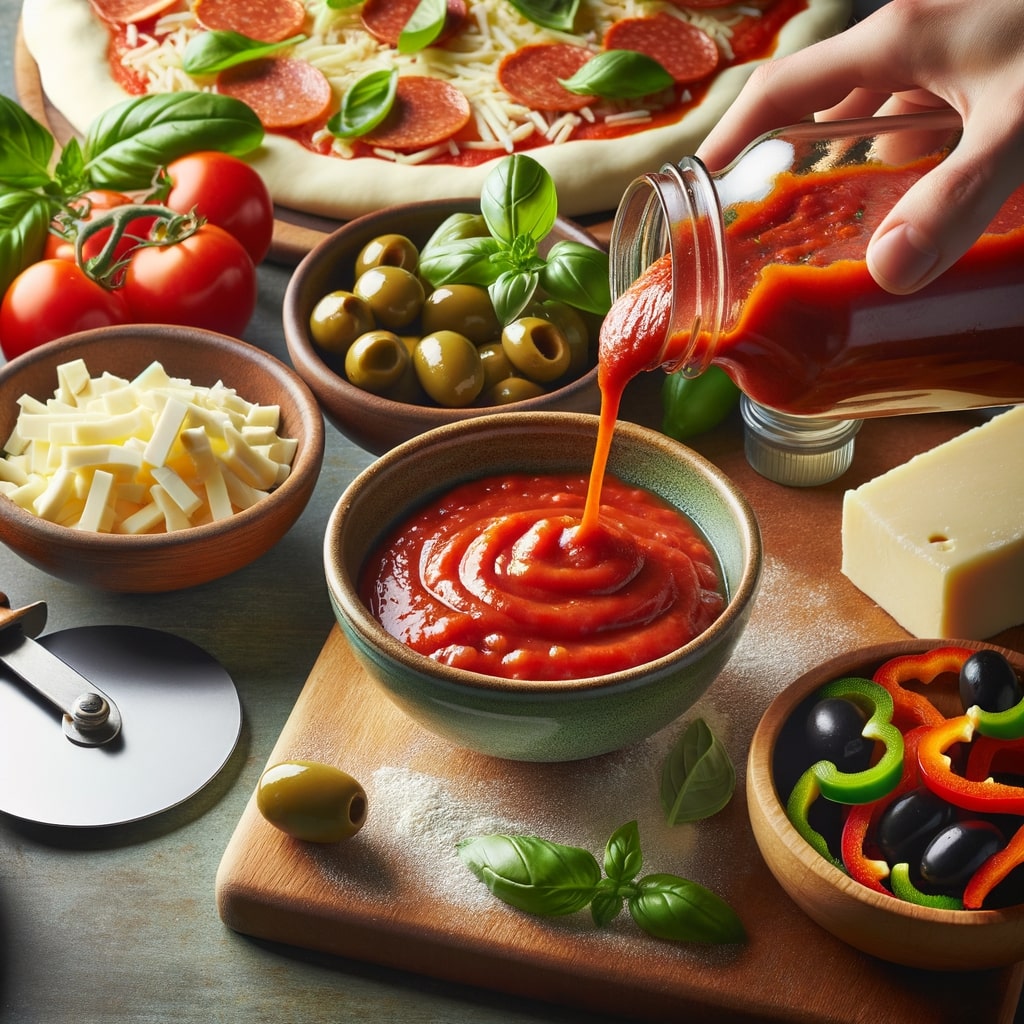
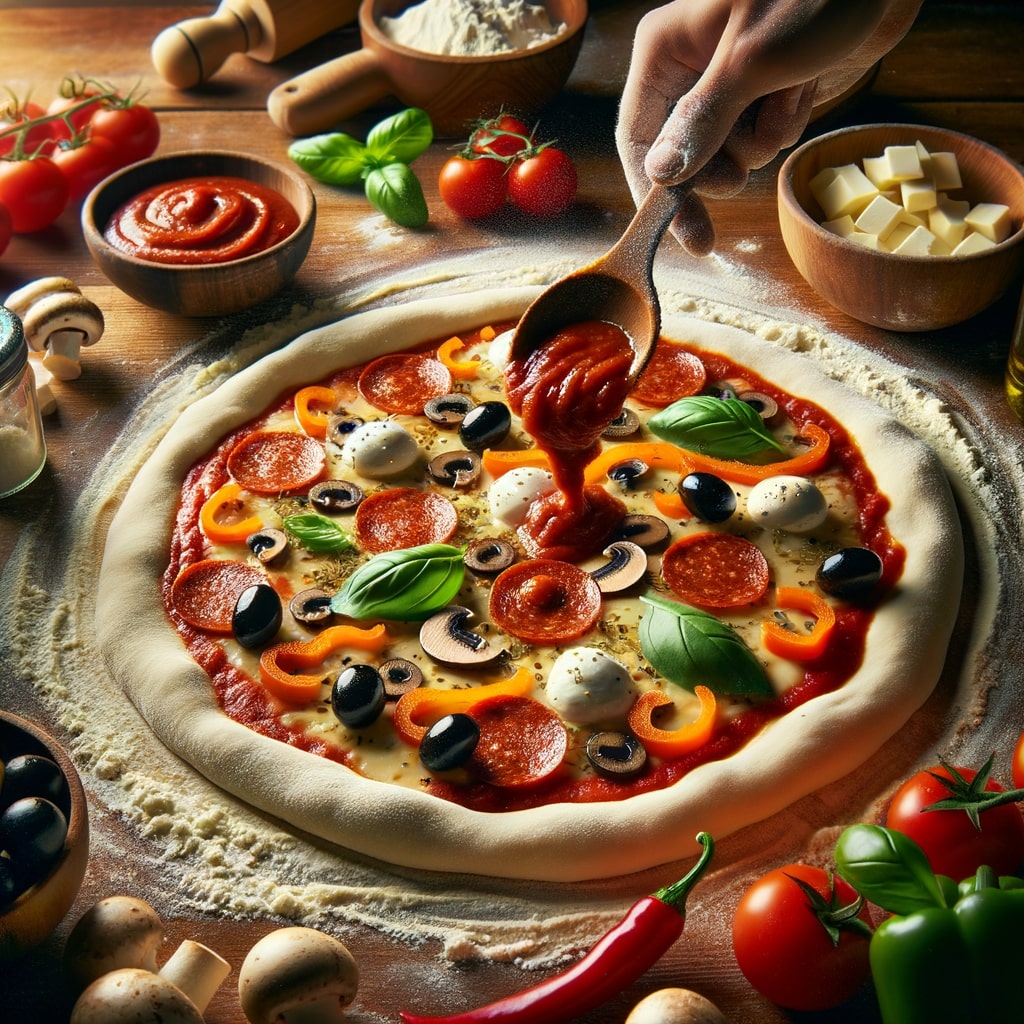

Step 1: Preparing Your Dough
- Ingredients: Start with either homemade or store-bought pizza dough. If making from scratch, use quality flour, yeast, water, salt, and a bit of olive oil.
- Kneading: Knead your dough until it's smooth and elastic. This usually takes about 10 minutes by hand or 5 minutes with a mixer.
- Rising: Place the dough in a greased bowl, cover it with a damp cloth, and let it rise in a warm place for about 1 to 2 hours, or until it doubles in size.
Step 2: Preparing Your Sauce and Toppings
- Sauce: Choose your preferred sauce - classic tomato, pesto, or mushroom ragù. If using tomato sauce, simmer crushed tomatoes with herbs like basil or oregano for a richer flavor.
- Cheese Preparation: Grate or tear cheeses such as mozzarella, parmesan, or gruyere. For a creamier texture, dollop spoons of ricotta.
- Vegetable Toppings: Slice or chop vegetables like onions, bell peppers, mushrooms, or artichokes. Consider roasting or sautéing some for added depth of flavor.
- Meat (Optional): If using meat like pepperoni, sausage, or chicken, cook them beforehand to ensure they're fully cooked on the pizza.
Step 3: Assembling Your Pizza
- Preheating the Oven: Preheat your oven to its highest setting, typically around 475°F to 500°F (245°C to 260°C). If you have a pizza stone, place it in the oven during preheating.
- Rolling the Dough: On a floured surface, roll out your dough to the desired thickness. Transfer it to a pizza peel dusted with cornmeal or a baking sheet.
- Adding Sauce and Toppings: Spread the sauce evenly, leaving a small border for the crust. Add your cheese, followed by vegetables and meats. Remember not to overload the pizza.
- Final Flavors: Add finishing touches like a drizzle of flavored oil, fresh herbs, or a sprinkle of spices.
Step 4: Baking Your Pizza
- Baking Time: Slide the pizza onto the hot pizza stone or baking sheet. Bake for about 10-15 minutes, or until the crust is golden and the cheese is bubbly.
- Monitoring: Keep an eye on the pizza as it bakes. Oven temperatures can vary, so adjust the time accordingly.
Step 5: Serving Your Pizza
- Cooling: Once baked to perfection, remove the pizza from the oven and let it cool for a few minutes. This allows the cheese to set and prevents a messy serving.
- Cutting: Use a pizza cutter or a large knife to slice the pizza into even pieces. A rocking motion ensures a clean cut through the toppings and crust.
- Adding Fresh Toppings: For an extra burst of flavor, add fresh toppings like arugula, basil leaves, or a sprinkle of freshly grated Parmesan after baking.
Step 6: Enjoying Your Masterpiece
- Presentation: Serve your pizza on a large wooden board or a serving plate for an appealing presentation.
- Pairing: Pair your pizza with a suitable beverage, such as a glass of wine, a cold beer, or a refreshing soda, enhancing the overall dining experience.
- Sharing: Enjoy your homemade pizza with family or friends, making pizza night a delightful and interactive culinary event.
Additional Tips
- Experimentation: Don't be afraid to experiment with different combinations of toppings. Discovering your own unique flavor profiles is part of the joy of homemade pizza.
- Ingredient Quality: Always opt for the freshest and highest quality ingredients you can find. This greatly affects the final taste of your pizza.
- Cooking with Kids: Involve children in the pizza-making process. It's a fun and educational activity that can help them learn about cooking and flavors.
- Storing Leftovers: If you have leftovers, store them in an airtight container in the refrigerator. Reheat in the oven for a crispy crust.
Conclusion
Homemade pizza night doesn't have to be mundane. With the right combination of fresh ingredients, quality cheeses, and creative toppings, you can turn it into an epicurean delight. Remember, the best pizzas come from not just following recipes but also from the heart and joy of cooking. Happy pizza making!
